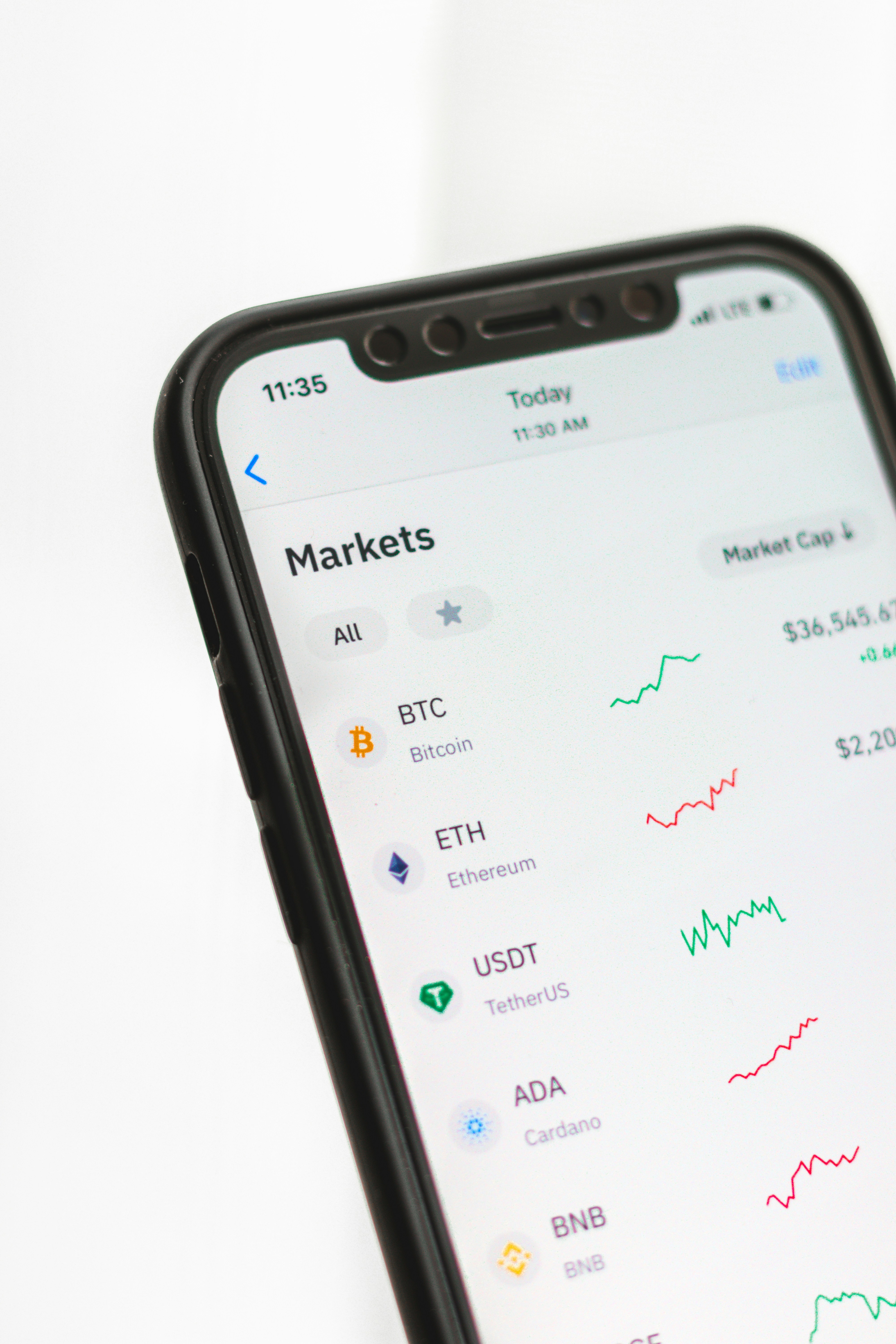📚 Table of Contents
- ✅ Why Portfolio Diversification Matters More Than Ever
- ✅ Traditional vs. Modern Diversification Strategies
- ✅ The Rise of Alternative Assets in Diversification
- ✅ How Technology is Reshaping Portfolio Diversification
- ✅ The Role of Global Markets in Future Diversification
- ✅ Personalized Diversification: Tailoring to Your Risk Profile
- ✅ Conclusion
Why Portfolio Diversification Matters More Than Ever
In an era of economic uncertainty, geopolitical tensions, and rapidly evolving financial markets, the age-old wisdom of “don’t put all your eggs in one basket” has never been more relevant. But what does portfolio diversification look like in today’s complex investment landscape, and how can you adapt your strategy to thrive in the future?
The concept of diversification has evolved far beyond simply holding a mix of stocks and bonds. Modern portfolio theory now incorporates everything from cryptocurrencies to collectibles, from renewable energy infrastructure to space exploration stocks. As correlations between traditional asset classes shift and new investment vehicles emerge, investors must rethink their approach to spreading risk.
Consider the 2020 market crash: while traditional portfolios suffered, those diversified into alternative assets like gold, Bitcoin, or even certain real estate sectors experienced very different outcomes. This volatility underscores why forward-thinking investors are exploring new dimensions of diversification that go beyond conventional wisdom.
Traditional vs. Modern Diversification Strategies
Traditional portfolio diversification typically followed the 60/40 rule – 60% stocks and 40% bonds. This approach worked well for decades, particularly during periods of stable interest rates and predictable market behavior. However, the low-yield environment post-2008 financial crisis, followed by the inflation surge of 2022, exposed the limitations of this model.
Modern diversification strategies now consider factors like:
- Geographical diversification: Beyond just developed markets, emerging markets offer growth potential but require nuanced understanding of local risks
- Sector diversification: Technology’s dominance means traditional sector weightings may need adjustment
- Liquidity profiles: Balancing liquid assets with longer-term illiquid investments that may offer premium returns
- Currency exposure: Intentional positioning across currencies as a hedge against dollar weakness
A practical example: In 2021, investors heavily concentrated in growth stocks suffered when interest rates rose, while those with exposure to value stocks, commodities, and international equities fared better. This demonstrates why modern diversification requires looking at multiple axes of risk.
The Rise of Alternative Assets in Diversification
Alternative investments have moved from the periphery to the core of many sophisticated portfolios. According to Preqin data, institutional allocations to alternatives grew from 5% in 2000 to over 25% today – a trend retail investors are increasingly following.
Key alternative asset classes transforming diversification include:
Private Equity: Offering access to high-growth companies before IPO, with typical lock-up periods of 5-10 years. Platforms like Moonfare now make this accessible to accredited investors.
Digital Assets: Beyond Bitcoin, the tokenization of real-world assets (RWAs) is creating new diversification opportunities in everything from fine art to real estate.
Collectibles: The $1.7 trillion collectibles market, including rare watches, wine, and trading cards, now offers fractional ownership through platforms like Rally.
Infrastructure: Renewable energy projects, data centers, and transportation assets provide inflation-linked returns with low correlation to equities.
How Technology is Reshaping Portfolio Diversification
Financial technology is democratizing access to sophisticated diversification tools previously available only to institutional investors. Robo-advisors now offer automated portfolio rebalancing across dozens of asset classes with minimums as low as $100.
Artificial intelligence is taking this further by:
- Analyzing millions of data points to identify non-obvious correlations between assets
- Predicting potential black swan events and suggesting protective allocations
- Personalizing portfolio construction based on individual risk tolerance and goals
Blockchain technology enables fractional ownership of previously inaccessible assets. A retail investor can now own a piece of a Picasso painting through platforms like Masterworks or invest in commercial real estate through RealT.
The Role of Global Markets in Future Diversification
The decoupling of major economies and shifting supply chains are creating new diversification opportunities and risks. While U.S. markets have dominated for decades, the growth of Asian economies suggests future portfolios may need different geographical weightings.
Consider these emerging trends:
- Southeast Asia’s digital economy is projected to reach $1 trillion by 2030
- African startups raised over $5 billion in 2022, up from $400 million in 2015
- Latin American fintech is booming, with Brazil’s Nubank reaching 90 million customers
However, global diversification now requires more than just buying an international ETF. Investors must consider currency risks, geopolitical factors, and varying market structures. Tools like depositary receipts and currency-hedged funds can help manage these complexities.
Personalized Diversification: Tailoring to Your Risk Profile
The future of portfolio diversification lies in personalization. What works for a 25-year-old tech entrepreneur won’t suit a 60-year-old nearing retirement. Advanced risk assessment tools now evaluate multiple dimensions:
- Volatility tolerance: Not just willingness, but ability to withstand drawdowns
- Liquidity needs: Mapping future cash flow requirements to investment horizons
- Tax considerations: Location of assets across taxable and tax-advantaged accounts
- Values alignment: Incorporating ESG preferences without sacrificing diversification
A practical example: A doctor with stable income might allocate more to illiquid private markets, while a freelance designer with variable income would prioritize liquidity. Both achieve diversification, but through different asset mixes.
Conclusion
Portfolio diversification is undergoing its most significant transformation in decades. The strategies that worked in the past may no longer provide adequate protection or growth potential. By understanding emerging trends in alternative assets, leveraging new technologies, and personalizing approaches to individual circumstances, investors can build resilient portfolios for an uncertain future. The key lies in staying informed, remaining flexible, and recognizing that diversification is not a one-time task but an ongoing process of adaptation.


Leave a Reply